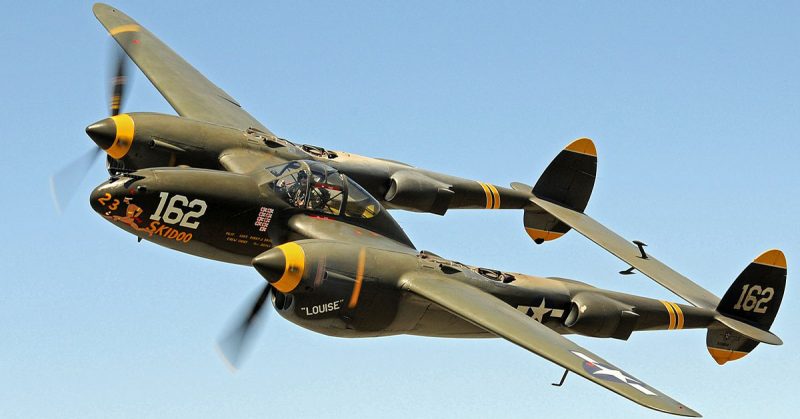With its radical yet impressive design, the Lockheed P-38 Lightning was a graceful fighter aircraft that epitomized a new level of craftsmanship in America’s military aviation sector. With its eye-catching uniqueness, it was not so hard to see that the P-38 Lightning was simply pure art in motion.
Colonel Ben Kelsey, who tested the P-38 in its early stages, summed up its legacy quite well when he said, “that comfortable old cluck would fly like hell, fight like a wasp upstairs, and land like a butterfly.”
The P-38 Lightning was created in response to a 1937 specification from the United States Army Air Corps (USAAC). Among a number of other requirements, the specification called for an interceptor aircraft with a speed not less than 360 mph at 20,000 ft. The aircraft should be able to reach 20,000 ft in six minutes, sustaining full power for at least one hour at this altitude.
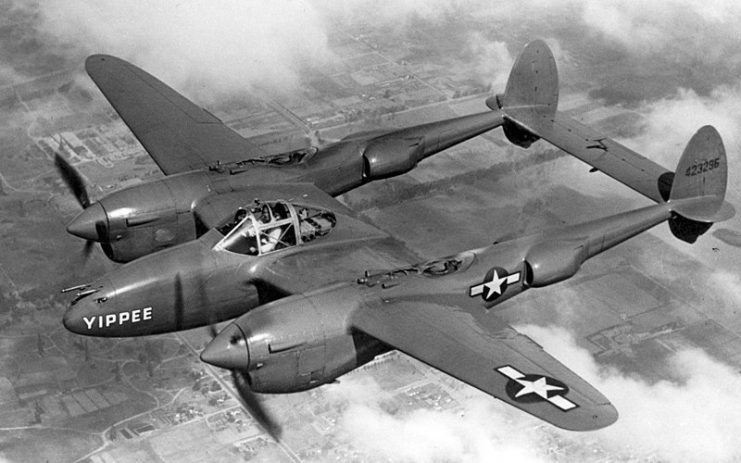
This was the toughest set of requirements the USAAC had ever released.
Apparently, these specifications would never be perfectly actualized by any single-engine aircraft design. So, the design team from the Lockheed Corporation, led by Hall Hibbard and Clarence “Kelly” Johnson, proceeded to design an aircraft based on twin-engine configurations.
What would ultimately result from their efforts was a radical shift away from traditional fighter aircraft design.
The Lightning had distinctive twin booms with a central nacelle housing its cockpit and armament.
With a speed of 414 mph, this fighter was the first military aircraft to fly at a speed above 400 mph in level flight.
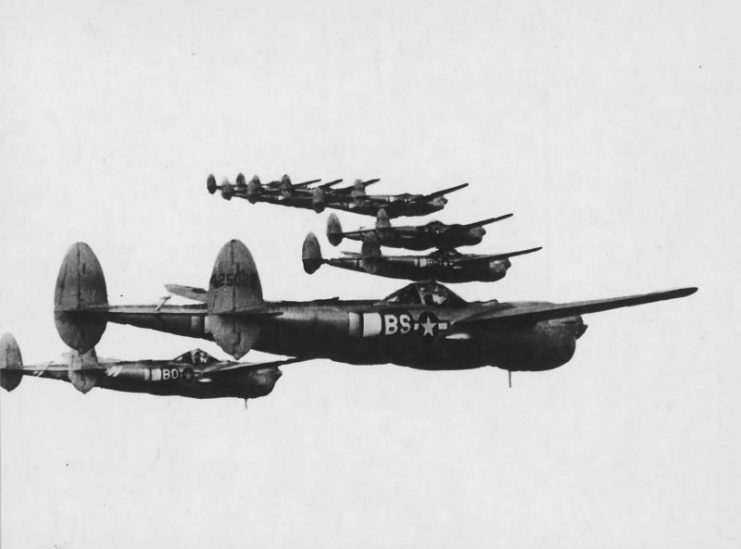
It had all its armament in its nose, something that was particularly unusual in U.S. aircraft. This would give the aircraft’s guns a much better range compared to several other planes with wing-mounted armament. With its .50 caliber M2 machine guns, the Lightning could comfortably wallop a target from 1,000 yards.
Built on a design that was not commonplace among USAAF aircraft designs, the Lightning would stand a high chance of not achieving production status with the USAAF. But it beat the odds and earned a place in the skies of World War II.
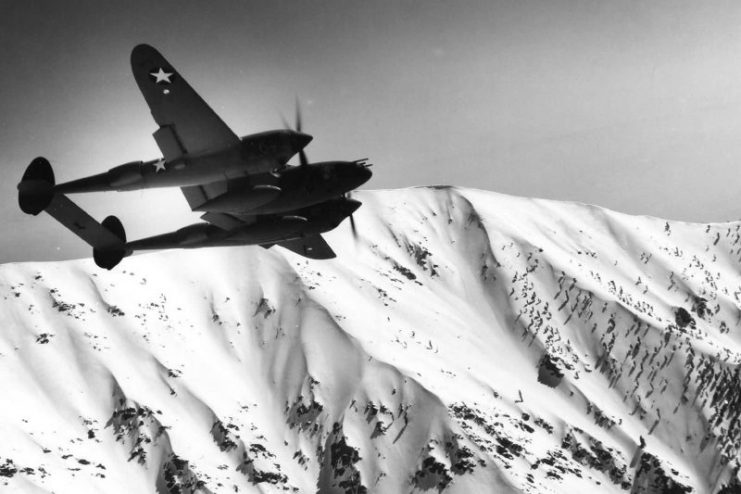
Once the United States joined WWII, the Lightning was used extensively. It played roles in interception, level bombing, dive bombing, ground attack, and photo reconnaissance, among others.
The Lightning began its first combat mission in the Aleutian Islands in Alaska, in an engagement called the Thousand-Mile War.
Powered by two Allison V-1710 engines, the aircraft’s range made it a perfect fit for the campaign which was launched over the extremely rugged 1,200-mile environment of the Aleutian Islands.
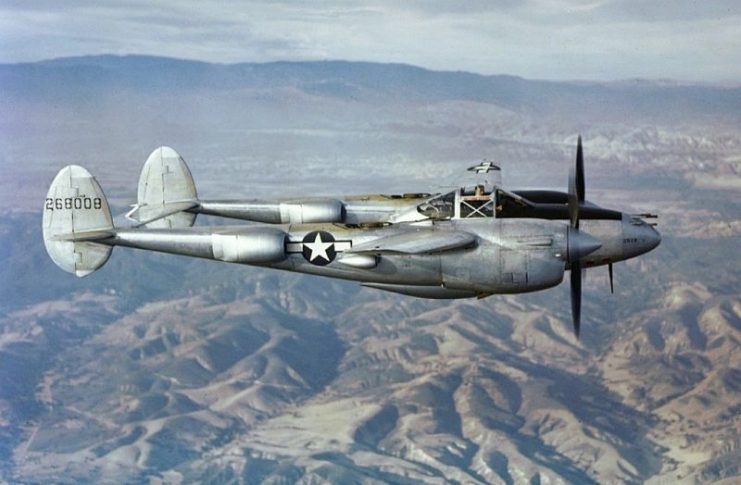
During this campaign, the Japanese military became the first to suffer a strike from the Lightning. Two P-38 aircraft happened upon two Japanese H6K seaplanes on August 9, 1942, towards the end of a 1,000-mile patrol run. During the ensuing engagement, the two Lightnings snuffed out the enemy planes.
Five days later, in the European theatre, the Luftwaffe would have its aircraft downed by the USAAF for the first time. While flying over the Atlantic, the crew of a Luftwaffe Focke-Wulf Fw 200 Condor would meet their end when a Lightning came upon them, rattling them with its .50 caliber machine guns.
This would effectively make the Lightning the first US-operated aircraft to gun down a German aircraft.
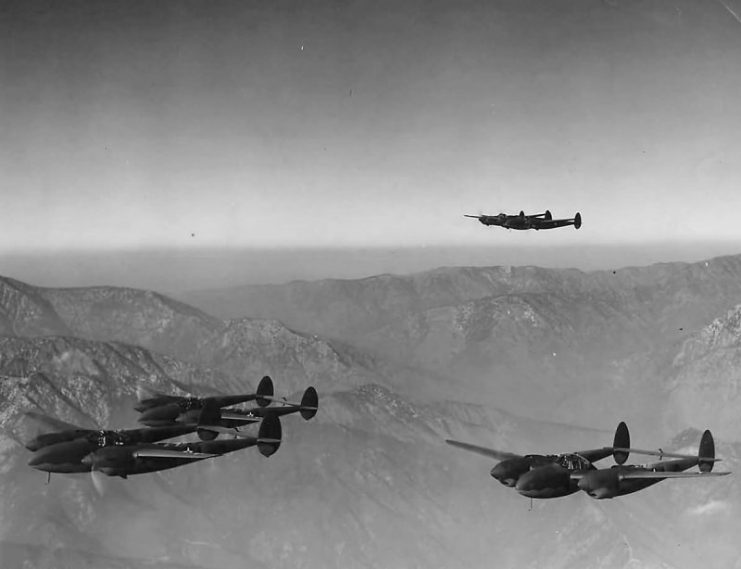
One well-known action of the Lightning was the interception of Admiral Isoroku Yamamoto, the architect of the attack at Pearl Harbor. In the quest to intercept the Japanese military big shot at Bougainville Island, 16 Lightnings flew over 400 miles from Guadalcanal.
By the end of the expedition, the Lightning group claimed two Mitsubishi G4M fast bombers and two Mitsubishi A6M Zeros. Yamamoto’s body would be found in the jungle the next day by Japanese search parties.
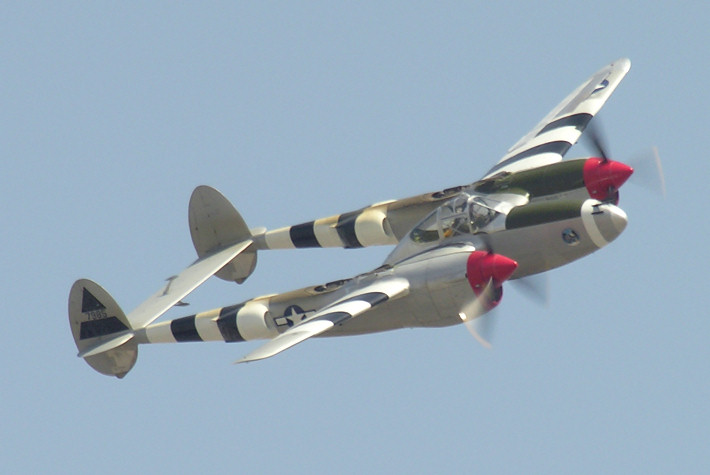
The P-38 Lightning had a very busy time in both the European and Pacific theaters. It made over 130,000 sorties, with an overall loss of only 1.3%.
Over 1,800 Japanese aircraft were destroyed by P-38 Lightnings, with over 100 aviators becoming aces in the sleek fighter. America’s top aces Richard Bong, Thomas McGuire, and Charles H. MacDonald earned their statuses in the P-38 Lightning aircraft, gaining 40, 38, and 27 victories respectively.
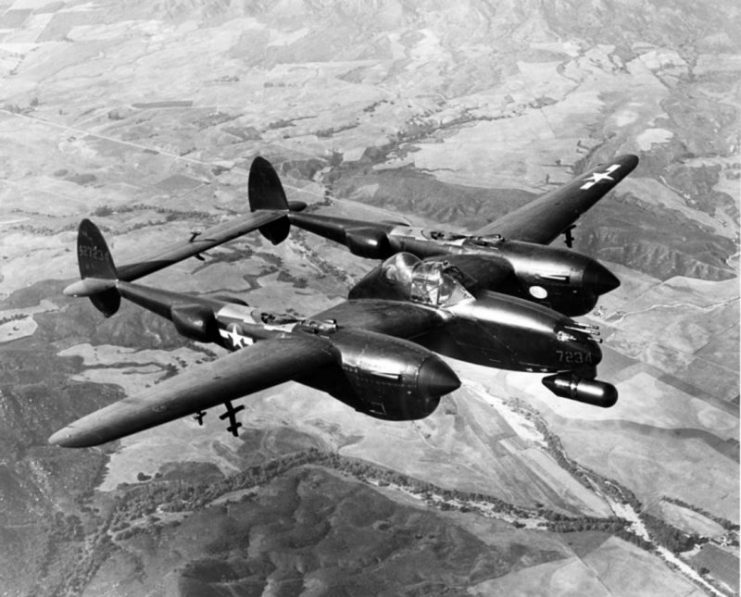
The P-38 did have its faults, most notably the tendency for the controls to jam during steep, high-speed dives, with usually fatal consequences. Also, the cockpit in earlier variants had poor temperature regulation, making the aviators highly uncomfortable.
However, the Lightning proved itself to be a formidable fighter, a swift interceptor, and a ruthless attack aircraft.
Among Luftwaffe pilots, the Lightning had was nicknamed “the fork-tailed devil.” Among the Japanese, it was given a name that translates to “two planes one pilot.”
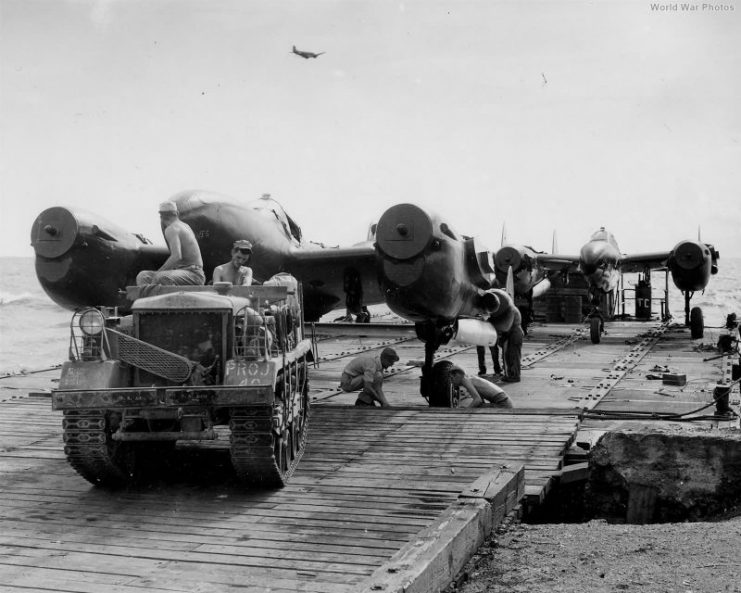
After flying it during the invasion of Normandy, Lieutenant General Jimmy Doolittle described the P-38 as the “sweetest-flying plane in the sky.”
Throughout the war, the P-38 was the only aircraft to remain in constant production, with 10,000 planes built.
Read another story from us: A Flying Tiger – The Curtis P-40 Warhawk in Photos
The P-38s became obsolete after the war and were retired in 1949. Currently, only a few Lightnings can be seen in the U.S. or anywhere in the world.
The video is footage from July 1988 of a P-38J-20-LO taking to the skies from the Chino Airport in Southern California. The plane was declared surplus and grounded by the USAAF after having flown for just 121 hours towards the end of the war. For over 28 years it remained inactive until its restoration through a 13-month long effort by Steve Hinton’s Fighter Rebuilders crew and “Planes of Fame” volunteer workers.
